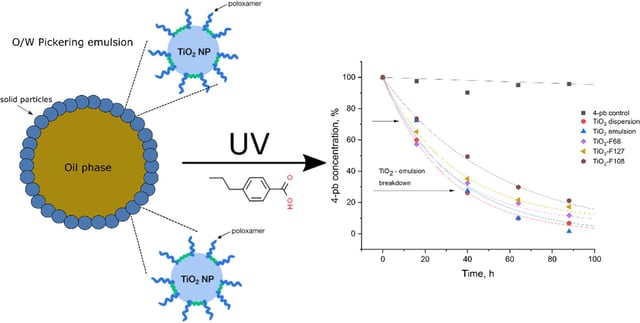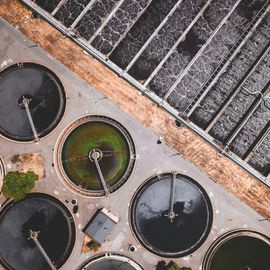Overview
- The method employs photocatalytic Pickering emulsions in which TiO₂ nanoparticles stabilize oil droplets at the water interface and initiate sunlight-driven breakdown of organic contaminants.
- Poloxamer polymer coatings and silane surface treatments enhanced droplet resilience in varying wastewater compositions and refined droplet–pollutant interactions.
- Introducing gold-doped TiO₂ particles boosted light-harvesting under UV and visible light, producing more stable and consistently effective emulsions.
- Zygimantas Gricius’s doctoral thesis, supervised by Gisle Øye, led to publications in Chemical Engineering Journal Advances and ACS Omega and involved collaboration across NTNU’s Ugelstad Laboratory, Catalysis Group and Particle Technology Centre.
- Despite demonstrating reusable degradation cycles for naphthenic acids common in petrochemical effluents, the approach remains a proof of concept with no commercial products or industry partnerships.

